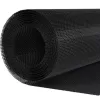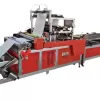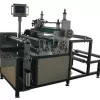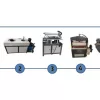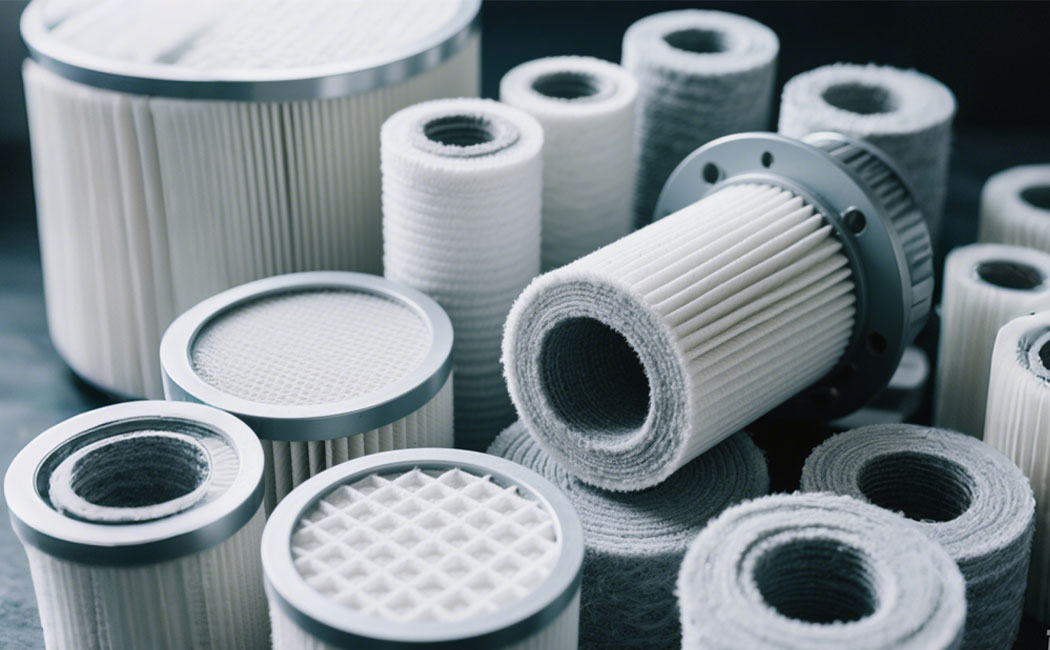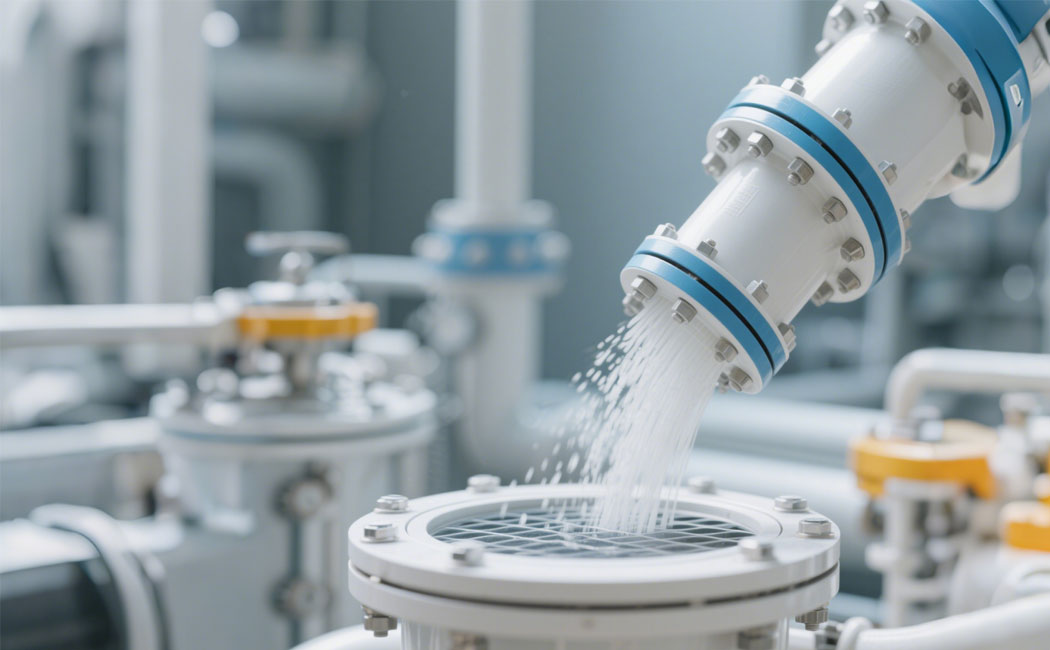Filtration, pleating and gluing machines for fiber glass materials: a comprehensive guide
In modern industrial production, demand for high-quality filter materials is growing rapidly-especially in areas that require strict air purification. Glass fiber and polypropylene filter materials have excellent filtration performance, which are core to many purification systems. But the effective treatment of these materials requires professional equipment-this is the place where the filter pleating machine and glass fiber material bonding machine come into play. As key filtering equipment, it is used in conjunction with advanced pleating machine to ensure filtering quality and production efficiency. Next, we discuss its definition, unique advantages, specifications and main applications.
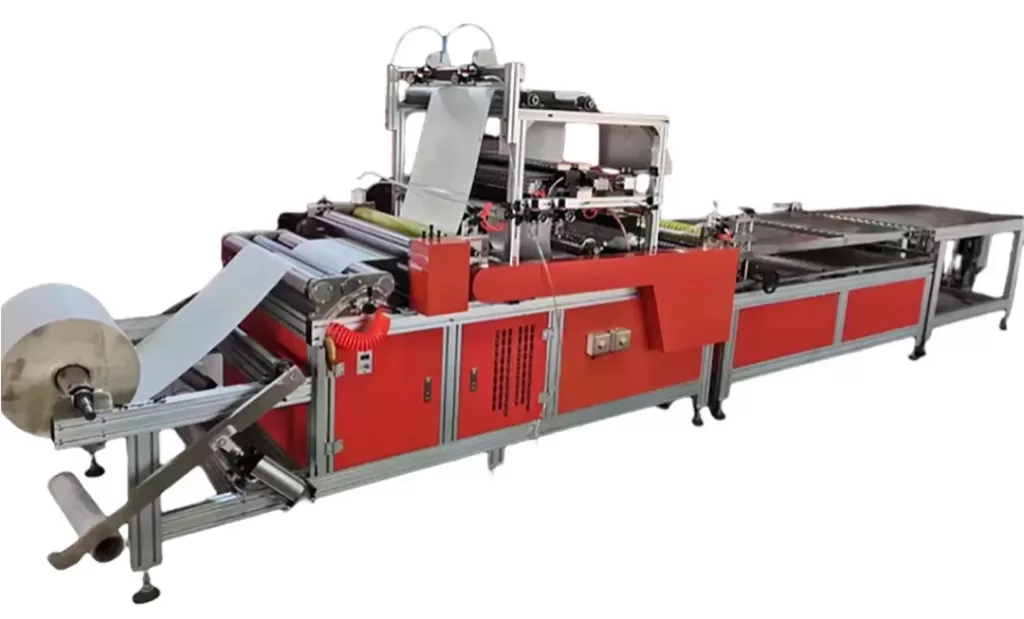
What is a filter, pleating machine and gluing machine for glass fiber materials?
This machine is a special filtration equipment for folding glass fiber, polypropylene and other filtration materials. Different from the common processing machine, it integrates pleating and gluing to realize one-stop molding of filter material. As high-performance pleaters, they are designed to handle fragile but high-performance materials, such as glass fibers, which need to be treated accurately to avoid damage and ensure consistent folding and gluing quality.
At its core, it uses a servo motor, PLC and intelligent control touch screen. The system simplifies operation and ensures the long-term and stable performance. This kind of filter equipment can meet the diverse needs, whether it is producing small-batch customized filters or large-scale standardized products, which lays the foundation for efficient filter manufacturing.
Unique advantages of this pleating machine (filter equipment)
Accuracy, efficiency and reliability are very important when choosing pleating machine and filtering equipment and this machine has performed well in this respect.
1. Precise dispensing to ensure consistent quality
Its outstanding advantage is accurate dispensing. Up and down 26 glue nozzles (each with independent control) to accurately adjust the flow. This solves the common problem of inconsistent flow in multi-nozzle operation-the problem that puzzles ordinary pleating machines. For glass fiber materials-which need even glue to tightly adhere and prevent leakage-this accuracy is key. Whether coating thin or thick layers, independent nozzle control ensures uniform coverage of glue, thus ensuring the final filtration quality and effect.
2. High efficiency & reliability for productivity boost
In fast-paced manufacturing industry, efficiency and reliability drive competitiveness-and this filtering device has both. Its servo motor system keeps a stable speed, reducing the downtime caused by mechanical failure. Compared with the traditional pleating machine, it can handle more materials per hour, thus improving productivity.
It’s also user-friendly: the PLC touch screen is intuitive, even to inexperienced workers. This shortens training time and reduces operation errors. Plus, its robust build and quality components ensure stability—maintaining consistent performance during long continuous runs, lowering maintenance needs. This saves time and costs while keeping production on schedule.
Product Specifications of the Glass Fiber Pleating Machine
To understand this kind of filter equipment, customized specifications are very important.
· Glue Nozzles: 26 upper and lower nozzles (all controlled independently). Such a large quantity, combined with independent control, can ensure that the filter materials with various widths are evenly coated with glue, even wide.
· Glue Line Spacing: Fixed at 25 mm. Optimized for glass fiber, it balances strong bonding and minimal airflow obstruction—key for high-performance filters. Whether making HEPA filters or other air filters, this spacing can avoid damaging the particle trapping ability.
· Glue Line Types: Supports full and broken glue lines. The whole lines is suitable for the high-pressure environment that needs the greatest adhesion; The dashed lines minimizes air flow resistance by reducing glue coverage. This flexibility lets manufacturers produce diverse filters with one piece of pleating machines.
· Control System: servo motor, PLC, touch screen. The servo motor ensure accurate speed control (even for different material thicknesses); PLC makes the pleating and gluing perfectly synchronized; The touch screen allows the operators to click on the setting parameters (pleating height, flow rate and speed) to realize rapid task switching.
Main application scenarios of pleating machine and filtering equipment
This kind of high-quality machine is widely used in places that need high-performance air filters (especially HEPA).
1. Electronic Clean Rooms
Electronic clean rooms—critical for semiconductors, microchips, and other electronics—need ultra-high air purity, as tiny particles damage sensitive devices. The stacking filters made with this pleating machine and filtering equipment keeps the air purity here. Its precise pleating and bonding ensure that the HEPA filters has a large filtering areas and tight seal-capturing particles as small as 0.3 micron. This enables manufacturers to meet strict clean room standards and ensure the quality of electronic product.
2. Operating Rooms
The operating room in the hospital needs a sterile environment to prevent surgical infections; Air filtration is key. HEPA filters can remove bacteria, viruses and harmful particles. This filtration equipment is ideal choice for manufacturing these HEPA filters: consistent adhesion and pleating to prevent leakage, and high-efficiency compliance with medical aseptic standards. Its speed can also change filter quickly, keeping operating room equipped with fresh filters.
3. GMP pharmaceutical and food QS factory
Pharmaceutical (GMP) and food (QS) industries have strict standards—requiring contamination-free production. The stacking filters of this pleating machine keeps the GMP workshops clean and sterile, ensuring the safety of drugs. In QS workshops, they keep the air clean and prevent food pollution. The machine’s stability and precision ensure filters meet industry standards, aiding compliance and protecting consumers.
4. Air Purification Systems
In addition to industrial/medical applications, this kind of filtering equipment is also used in commercial (buildings, shopping malls) and residential air purification systems. These filters rely on HEPA filters to remove PM 2.5, pollen and dust mites. Its ability to make full/broken rubber layer filters enables manufacturers to customize products-full rubber layer is used in high pollution areas, and broken rubber layer is preferred for air flow. This flexibility supports different indoor air quality requirements.
Conclusion
This glass fiber filter pleating machine gluer is not only a filtering device, but also the cornerstone of high quality filter manufacturing. As a special pleating machine, it combines the accuracy, efficiency and reliability of processing glass fiber and polypropylene. Its specifications-26 independent nozzles, 25 mm spacing, complete/broken glue joint-meet different requirements. Its applications (clean room, hospital, GMP/QS workshop, purification systems) highlight its multifunction.
This filter equipment is a wise investment for the manufacturer who aims at improving the quality and efficiency of the filter. It ensures consistent quality, conforms to industry standards and helps to create a safer and cleaner environment. Whether small-scale or large enterprises, it supports production goals and business growth.
Share:
Categories
- blog(31)
- Industry news(3)
- Technique articles(28)

